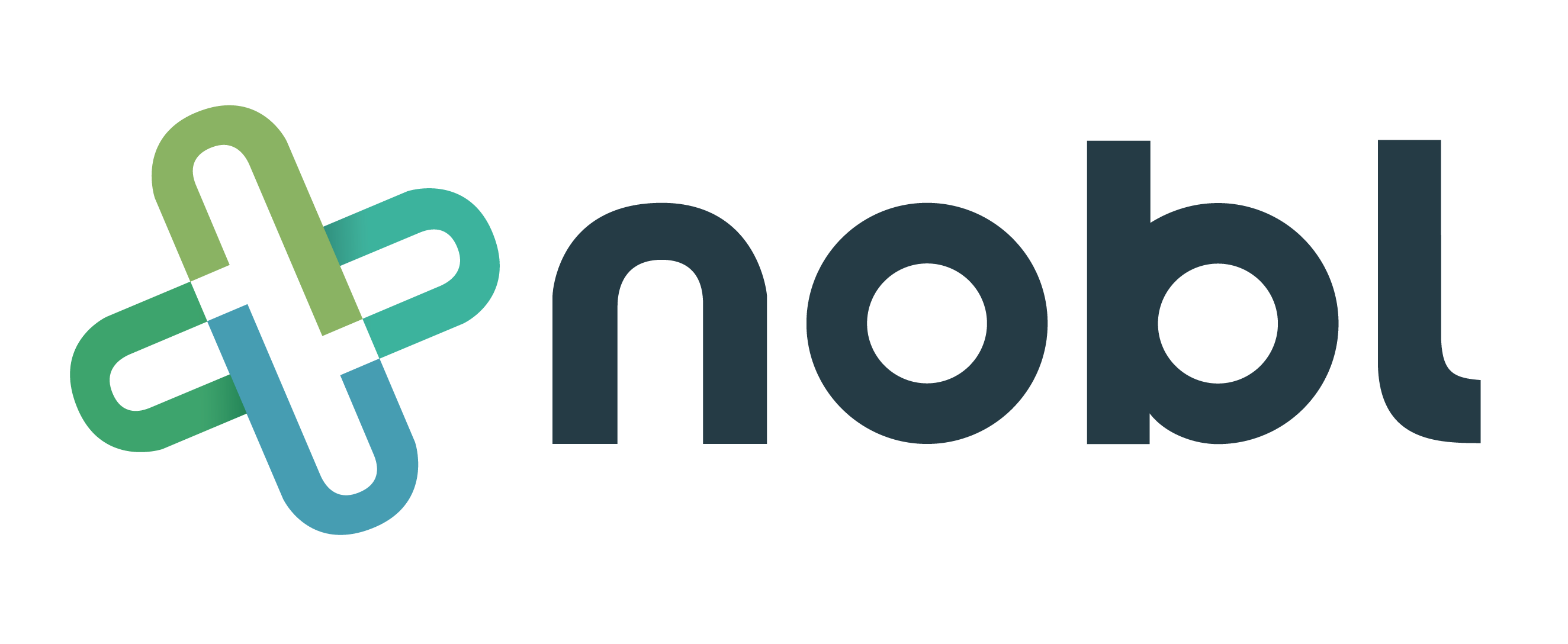
4 min read
A Tool to Improve Unit Level Caring Culture, Staff Retention, and Performance
Nobl Health Feb 9, 2022 2:03:00 AM
The Great Resignation, or the “Big Quit” as it has also been described, is crossing many industries because of the pandemic but none more so than healthcare. We are 24 months into this healthcare crisis with nursing staff, unlicensed ancillary staff, and providers all feeling the stress of ongoing surges of the infection. Many are experiencing varying levels of emotional distress/burnout, physical illness, and or economic stress. As some healthcare workers are putting in extremely long, stressful hours; others, without the skills needed to care for the acutely ill, are being staff reduced, and temporarily or permanently furloughed, as healthcare facilities face multifaceted challenges. Despite all these factors, there are some trends that have remained constant related to who stays, who leaves and why.
Data reveals generational differences in motivation, with the younger generations being lured by higher wages and job opportunities that didn’t exist prior to the pandemic. Older workers tend to be more concerned with the physical risks and burdens of the workload, and if financially stable, are opting for early retirement or a lighter assignment. But regardless of core issues, feelings of being valued, heard, and treated with respect are still among the factors that keep healthcare workers in their current jobs. Collectively, these feelings of value and ‘connectedness to the work unit’ can be identified as a key part of the unit culture.
Assessing and Improving Unit Culture
In 1983, Linda Nelson and Frank Burns published the High-Performance Programming Model, a framework that remains relevant today. The model identifies four levels related to unit staff engagement or culture that may ultimately define organizational performance. They contend that future performance is determined by how culture is shaped today. Understanding those levels can inform employee rounding processes and other team-building activities at the unit level. High performance starts at the unit level regardless of metric category – hospital safety, staff retention, or patient hospital experience. The four levels of the model can be simplified into the following brief descriptions:
-
Reactive – The reactive organization is one of survival and operating in the past. Characterized by affixing blame, force-fed communication, top-down leadership, and fragmented infrastructure. There is little ownership by staff and they see the strategic direction of the organization as management’s role.
-
Responsive – The responsive level is operating in the present with a hierarchical structure and a leadership style of coaching. It is focused on near-term goals and motivates with rewards, which leadership helps to develop and implement. The responsive organization is characterized by cohesive teamwork and the ability to solve problems. The manager still owns most issues based on needs that lack clarity and are not aligned.
-
Proactive – Proactive organizations are future oriented. They are strategic, goal oriented, and focused on the greater good and results; emphasis on the bottom line decreases. Organizational structure is matrix, and leaders trust and mutually respect each other. Staff take responsibility for their own success.
-
Progressive – Quantitative and qualitative performance scores reflect value-driven professional practice. The organization is on course toward global holistic high standards of excellence. Universal buy-in exists. (Nelson & Burns, 2005, p 262-281).
Besides predicting unit-level performance on key metrics, executive and unit leaders can also use these levels to formulate employee rounding forms (question sets). For example, if a unit is identified as being reactive, asking staff general questions, such as “How is your day going so far?” might result in a list of problems that staff expect their leaders to fix for them, not thoughtful suggestions for real improvement. The questions, “With the pandemic surge continuing here in the region, what is the biggest barrier to safe, patient-centered care for this unit?” or maybe “What suggestions do you have that might make it better?” may prompt staff to dig deeper and really think about what they need. When suggestions gathered in this way are added to a stoplight report, acted upon and incorporated into structures and processes, staff see how their ideas are valued and, when implemented, make a difference to their day-to-day experience and that of the patients and families.
As the unit members begin to trust leadership and see these day-to-day rewards in real-time, they move to the next level – responsive. Additional recognition (praises) for contributions and considerate, meaningful coaching helps the team to meet expectations for each shift. Using the question “Are there any team members that you would like to praise for their contributions to safe, patient-centered care given today?” helps to enculturate teamwork toward daily goal attainment.
It takes time to move a unit-level culture from one level to the next, and unfortunately, some units never surpass being responsive. But when trended data related to employee round quantitative findings are linked to the qualitative comments and shared with staff collectively, high performers will start to see and anticipate future needs and assist in setting goals to address them. Staff become coaches for each other, rather than seeing it as only management’s responsibility. Having percentages of positive question results and comment ‘word clouds’ to integrate into staff meeting slide decks or retreat exercises, further energizes the team. Recognitions shift to ‘team results’ and celebrations of patient experience wins or harm-free calendar quarters. These are the units (and facilities) that have reached the progressive level, creating innovations and exploring ‘what ifs’ that can further enhance care or develop the team.
Creating Value and Unit Connectedness – Authenticity and Caring
Having data and acting on it is only one element of changing the cultural level or success of a unit. Considerate and meaningful coaching is not an inherent skill, it is a learned skill that begins with a basis of real, authentic caring. Not just from leaders to staff, but also from staff to one another. Authentic leaders possess a high level of empathy which they translate into actions that align with their values and beliefs about others.
Pat McClendon, author of Getting Real about Caring, speaks directly about the importance of authentic caring relationships between nurses and patients. Authentic caring not only has an impact for patients and families experiencing a healthcare crisis or event but can also renew nurses’ commitment to their work. (McClendon, 2017). Dr. McClendon applies five levels ranging from uncaring to caring – life- destroying, life-restraining, life-neutral, life-sustaining, and life-giving. Can the same concepts of this important relationship also be transferred to leader-follower relationships in the workplace?
Staff well-being is as important as patient well-being, and in this regard, the leader(s) often become caregivers for their staff. Since every level of leader has a ‘one-up’ in the organization (except perhaps the CEO), this important leader-follower dynamic is relevant throughout the organization. Each of us could probably sit down and define how each of these levels might be evident in relationships. If leadership teams created a ‘caring rubric’ with expected behaviors of each level, it might reveal the level of caring within the team and or progression toward increased caring. As units increase caring within the team, could that correlate with progression to a higher level of unit culture and performance as well?
|
Life-Destroying |
Life-Restraining |
Life-Neutral |
Life-Sustaining |
Life-Giving |
|
|
Leader Behaviors |
By thinking about leader-follower touchpoints differently and stepping into the shoes of employees during critical times, like this pandemic, leaders can not only assess and improve their unit-level culture and performance, but also create opportunities to enhance their own ‘caring competence.’ Stress and burn-out happen at all levels in an organization and ongoing assessment of staff wellbeing is critical. This makes consistent employee rounding, at all levels, with meaningful questions that are acted upon collaboratively critical to the overall strength of the organization.
Written by Teresa L Anderson, EdD, MSN, NE-BC, Nobl Chief Nursing Officer
New Free eBook
Best Practices for Sharing and Reviewing Data from the Nobl Rounding Platform
Beryl Institute Case study
Improved First Impressions at Your Front Door - Patient Ambassador Rounders Enhance the Patient Experience of a Busy Emergency Department
Recent Posts

Five Key Factors to Consider in Pediatric Leadership Rounding



